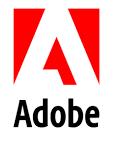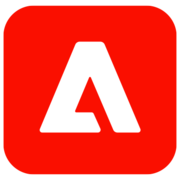

Extensis Reviews & Product Details


| Capabilities |
|
|---|---|
| Segment |
|
| Deployment | Cloud / SaaS / Web-Based, Desktop Mac, Desktop Windows, On-Premise Windows |
| Training | Documentation |
| Languages | English |
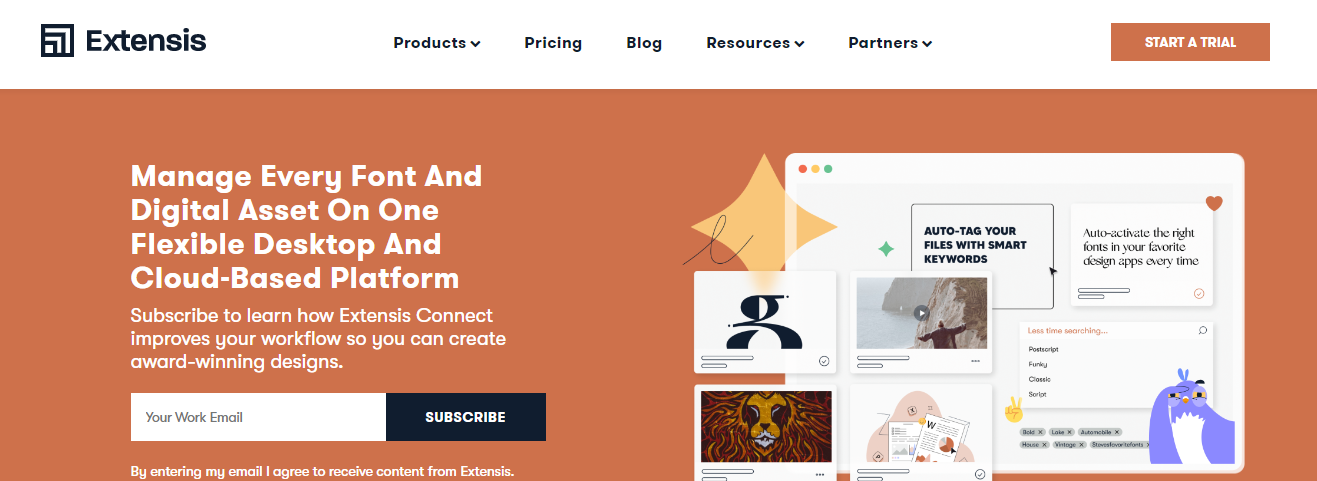
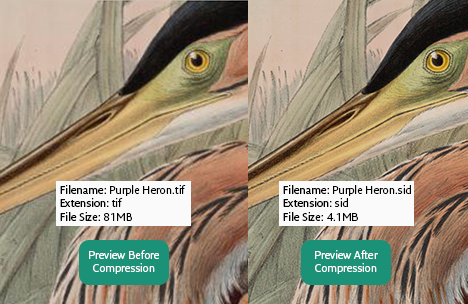
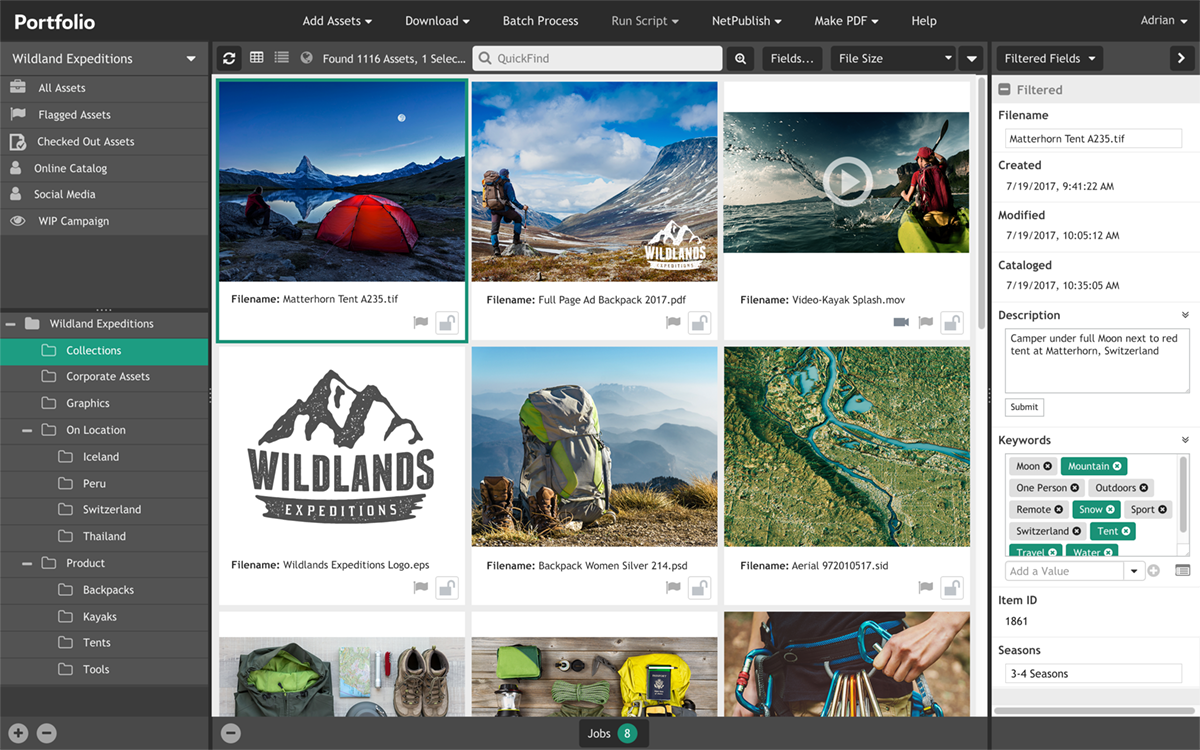
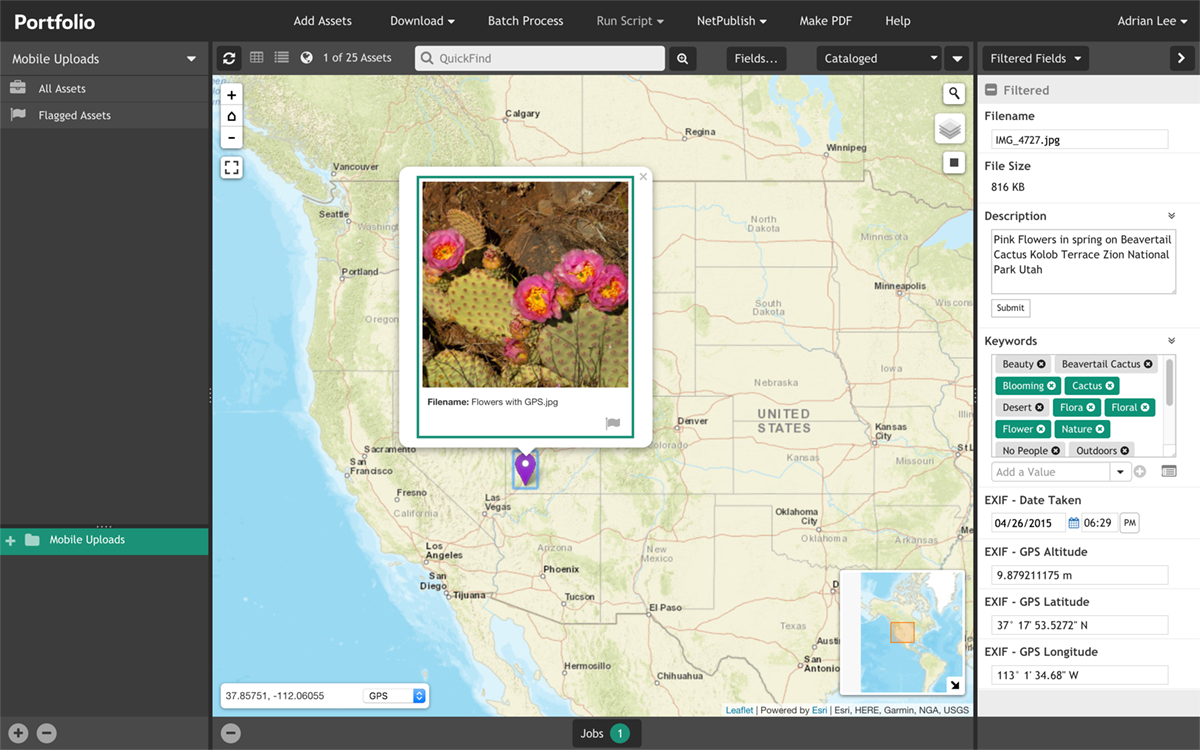
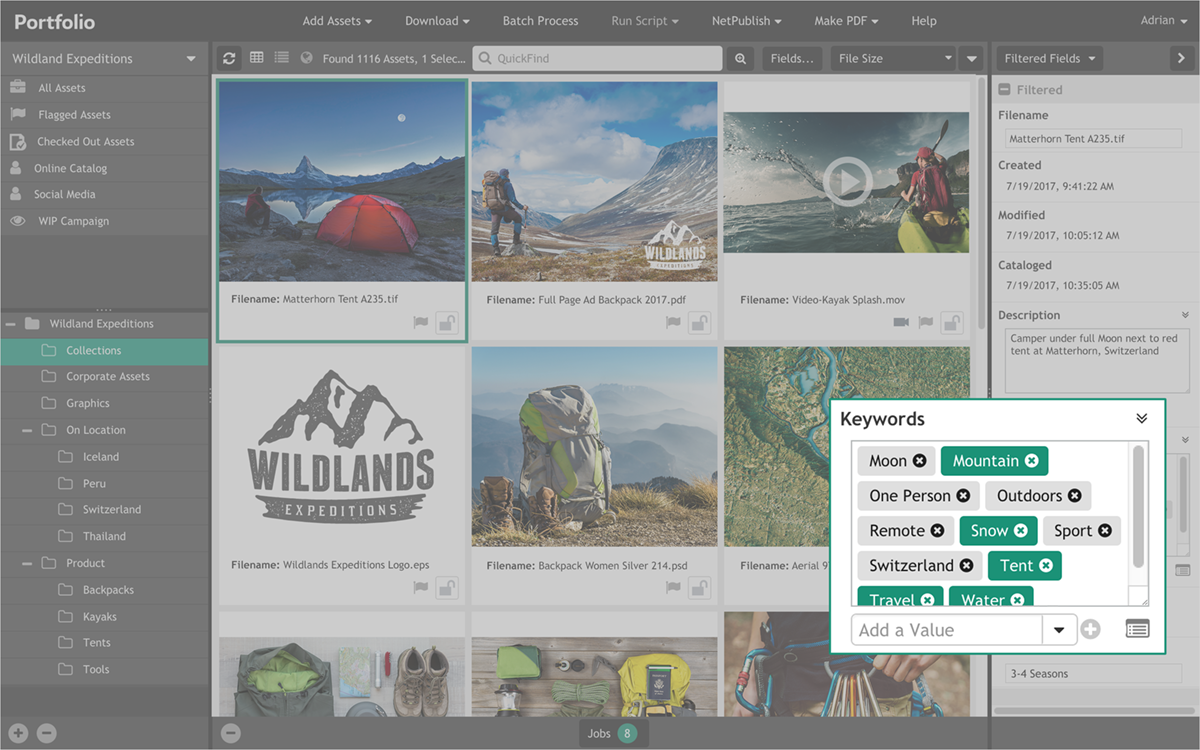
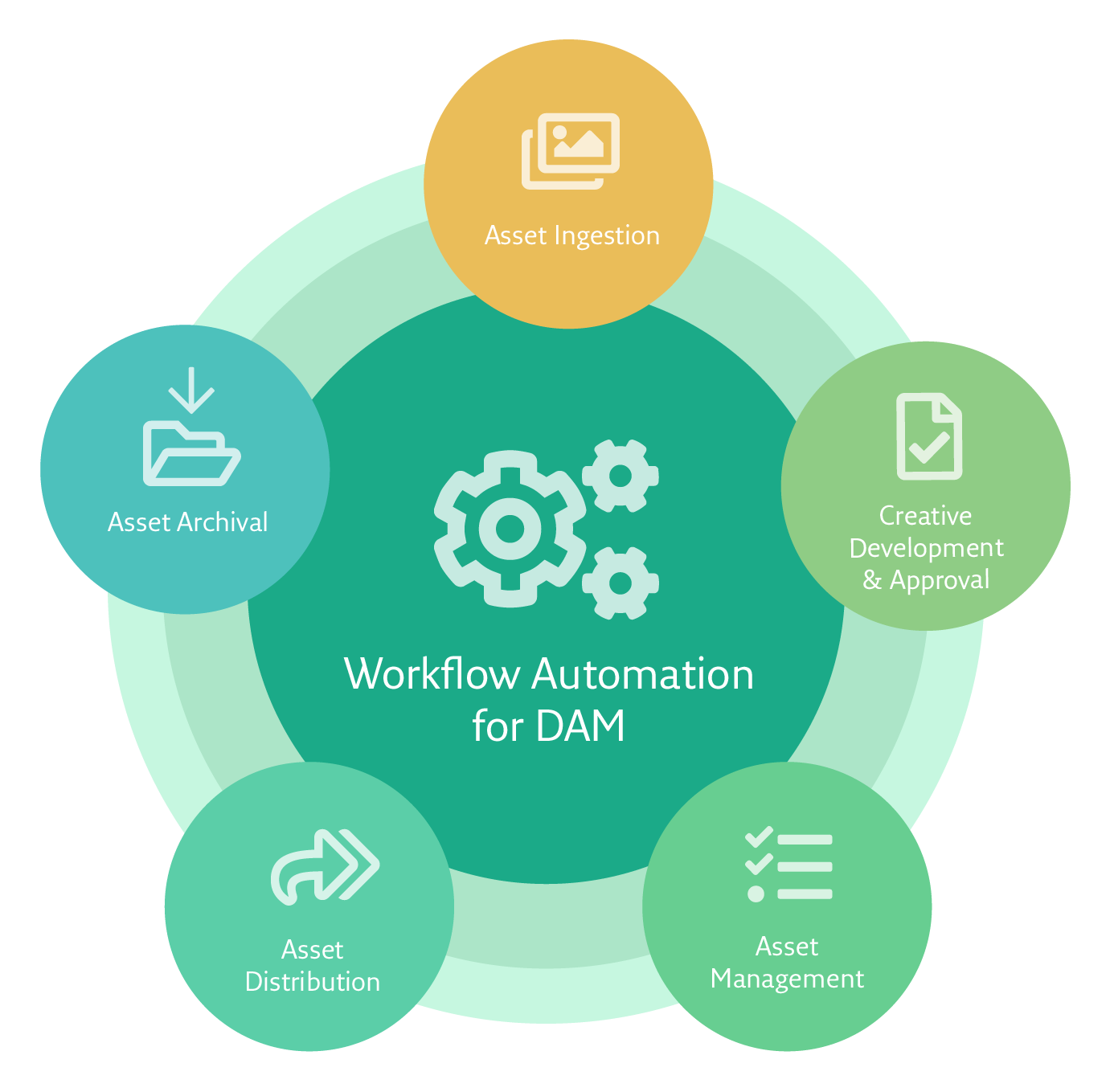

I think suitcase fusion is an excellent tool for any graphic designer. At this point, its one of those things you can't not use after using. I also had some technical issues a month ago and the team on chat was very helpful.
As always, I'm not a huge fan of the subscription model, but I understand it must be the way. I do wish that the program would clean up a lot of the duplicate fonts.
I have 10,000 fonts and if I'm able to reduce the time searching for the right font by a few minutes, then its a huge win in my book. Suitcase has the tools necessary to help me sort visually.,
The main functions of Extensis Portfolio include Asset library, Customizable branding, Metadata Management, Reporting/ Analytics, File conversion, Search/ Filter, Workflow Management, Asset Sharing, Asset categorization and many more. By using Extensis Portfolio the user also gets a free trial which helps them evaluate if it works according to their needs or not.It is available for both Windows and Mac. It gives images in the form of PDF which is a professional way. Images can be found very easily with just few clicks. The software is works identically like windows and Mac. PDF download option makes the work easier. The support system is incredible as they are professional and respond to the questions right away and also provide a solution. The cost is very low as compared to its competitors.
It is can be only installed and it is not web based so user gets hindered because they can only use it from their computer. Sometimes it is difficult to run on Mac as compared to on Windows.There needs to be advanced level of customization so it can fit according to our needs. If you are a beginner or a new worker it can be difficult to get used to the advanced features they have.
Extensis Portfolio is overall an incredible tool which performs its functions in less amount of time with more productivity. For the basic functions it does its job efficiently and at a very low cost. It centralizes our assets and keeps them organized. High level functionality and it is a great investment. The GUI is incredible and it is easy to manage.
Ease of file uploads (including large video files), bulk metadata management and searchability have made Extensis Portfolio a must have in our workplace. The ability to easily create catalogues with specific user access to each unit in our department provides more than enough control of assets. Simple server-side upgrades, backups and data restore options make administration effortless. The added advantage of dropping in new ‘watch folders’, from your legacy network share options and old archives, makes for a much time reduced migration into Portfolio. Because of this I moved years’ worth of assets into Portfolio in a few weeks.
Upgrading clients on different machines requires a download from Extensis Portfolio. An automated built-in client updater would save time and help keep everyone on the latest version. To save time it would be nice to easily share a path to a folder. i.e. If a user sends me a path for a group of assets there is no quick way to enter the path to get to the same folder.
All of our assets are in a single place. All the advantages that come with a single storage area are realised. All assets are all indexed and searchable. Smart Keywords add a nice layer of additional keyword metadata. As a single system its easy to keep a backup cycle of all the assets. Using Portfolio itself is a great tool to sort out assets that have been moved from legacy storage. Its easy to traverse through files. Scripts can be run to find duplicate file names. While I was sorting assets and came across images that I knew I would want to use in the near future, I created Galleries that referenced these images. Old assets that were on external sources have now been added to Portfolio and the risk of loosing all the content has been removed. The stress of a shared network folder can make life difficult. For us there were no different levels of access. Users could cut and move or delete assets as they wished. Once in the shared network folder finding anything took a very long time. Having Extensis Portfolio has meant users have the required access they need. It has reduced the time considerably to find assets. A job that would often take hours searching for a specific group of assets can be done in minutes.
-Extensis Portfolio's catalog asset management feature enables me to organize website content in catalogs folders and galleries. -Catalog gets updated as soon as an asset is added or removed from the inventory. -The Software features catalog templates which can be used by technical teams to design catalogs based on the information they need to Publish. -Extensis Portfolio's asset finder feature helps users to search for assets stored in the control repository
I Can't say i have found any serious cons with this solution yet.
The Software assists executives to share asset, collaborate, upload files, and manage catalog. Extensis Portfolio allows users to easily import documents and further assists in embedding images, audio and video files of all formats and Publish that information on the product website
-This product is the best in management of large collections of files of the different formats. Provides the powerful tools for converting, finding, organizing of a big number of media files collected together. -Easy to find or search some different files. -It allows downloading of PDF files. -Perfect reporting features. -The product supports various file formats digital asset. Eg, audio files, videos and even images -Very active and supporting technical customer support team.
So far the product is perfectly doing its amazing work, and i can't underline any problem with the product.
Quick access of different files, management of different files, uploading of images, file organizing, etc.
The quick find functionality assists users to find digital assets from the catalog quickly by keying in words in the search bar and tagged items will show up on the asset view panel.It has a customizable toolbar panel where you can add ,upload,delete assets and also shows function that you often use making it efficient to manage digital assets.
The features can be overwhelming for a new user but with time gets aquinted with the software.
We have been able to save time by converting several video types into other files simultaneously.The creation of automate workflow has streamlined the process of entry of metadata and the approval process
I really like the accessibility to open multiple documents at once!
It’s difficult to check in and out the items.
No over riding the work of others. It’s difficult if someone has a page checked out and you need to work on it.
There are many things I like about Portfolio. When evaluating different DAM solutions we found that Portfolio had the features important to us while fitting our budget. DAM systems can be extremely expensive and prohibitive for small businesses. Having the ability to maintain our basic folder structure with the 'watched folder' setup was important to us since we had our own system of organization. But other features were even more important—like the ability to map metadata to custom fields and include enclosing folder/file names as keywords, for example. As a user, I find the QuickFind field with predictive search as well as the more detailed search capabilities quite powerful. For our assets and file naming convention, using QuickFind usually is enough to bring up the selection I need for most searches. But, digging deeper and refining a search is easy and intuitive. Another feature I find very useful when collecting images for a project is to flag of the images I want to select for download. This collects them in the "Flagged Assets" gallery so you can download them in one zipped file instead of downloading each file individually. Smart galleries are also very handy since you can add photos from your catalog to a smart gallery by simply adding a keyword or phrase, for example, depending on the field used in the saved query. And, thinking long-term asset management strategy, scalability is important to consider. Portfolio can grow with your business through add-on module licensing. We recently added the Smart Keyword module which has improved our search efficiency and, for the nerd in me, is actually fun to use.
There's one minor user interface issue I've noticed in both the Portfolio 2017 browser and desktop app interface. The default size of the Filtered Fields (right-hand) column is quite narrow. It is about the width of the image thumbnails. I would prefer to have the ability to set my own default column width. Currently, you can drag to expand that column which is good but is not retained at relaunch. That ability may be there and I'm just not aware of it. I have not contacted tech support since it's just a minor annoyance. But, I've always found the Extensis support team to be very helpful and responsive to feature requests
Having the ability to organize, identify, and share our collection of assets with our staff has enabled us to retrieve images more efficiently. This has improved our productivity and streamlined our workflow for our various marketing projects.
The team are very proactive and supportive. The product itself offers massive capability off-the-shelf with even further potential once you start looking at integration and expansion. It can be a massively powerful tool for our clients.
Nothing as of yet. We have only experienced good things with the solution to date, with our team adding value through customised development.
We integrate Portfolio into our clients' websites and have found it to massively improve productivity around asset management, but also to increase the business' optimisation and usage of these assets. Through implementation of this solution clients have been able to realise new business streams, digitise large volumes of assets and better manage their brands.
Theres lots of functionality but its not overwhelming ultimately its very simple to use. Watch folders are great. Search is fast.
The option to reveal a source file (ctrl click - reveal in finder) doesn't seem to be in the new version in the browser, whereas it was on the desktop version. Perhaps it is possible but i haven't discovered it yet.
Just being able to file efficiently and find what i need fast.
I believe the strongest feature for us has been the way it handles keywords, especially the way folder names are automatically added to the files as keywords. On the fly, we can create a quick folder/subfolder structure, dump the files into that folder, and now all of those files are now tagged those folder names.
Please stop using Flash in the web client.
Previously, our product photography had been organized by folders, and finding images meant scrolling through directories manually. The NetPublish feature alleviated all of that, as we now have the entire library accessible through a simple search engine. Not only did this cut down the time searching for images for ourselves, it has also eliminated all additional requests for us to deliver product images to other departments.
Our Photo Studio has been using Extensis Portfolio Server for almost 10 years now. We have watched it grow into a formidable value for those who cannot afford a six figure (or more) solution. We could not be happier with the product support we have received from Extensis and it has scaled with us as our number of assets has grown from hundreds of thousands into the millions.
When they eliminated the desktop client I missed some of the user interface features as an Administrator, but the benefits of the web client for the users far outweighed those concerns.
Before we had a DAM it would take days to find assets, now it takes minutes or even seconds. The efficiency boost in turning around photo requests cannot be understated.
Extensis Portfolio is user friendly, with an easy and efficient way to catalog and share content. In the past, we explored many other ways to help store and distribute content, but Portfolio is the best solution for our mission. The support team is helpful, when needed and we appreciate the upgrades with improved functionality. I have used Portfolio at several other work sites, and it continues to best the best overall solution for saving the past work, taking care of the needs of today and moving forward towards the future. We have been able to create and share live images with our team, expanding our social media reach. Maintaining more than one MILLION assets, we count on Extensis Portfolio!
We work together with the fine folks at Extensis on a regular basis to update and improve on a great-working process. Their team has a spirit of cooperation in helping us solve problems. Nothing to dislike about this wonderful solution to our DAM needs!
We serve a wide variety of clients needing dynamic imagery without the problems associated with cataloging one-million+ images. Extensis Portfolio helps us streamline our workflow and allows a thoughtful and effective method of asset management. Overall, we have been able to train easily and empower them to seek out imagery with little to no assistance.
When you have over 2 million assets and you want to reuse some past designs, or find an related design, Portfolio helps you do that within seconds. You can keep your assets super organized with very little effort.
The Web portal is ok, but i miss the Desktop app. Understand they are bring that back soon. You have to engage your end users to enter metadata.
The problem was trying to locate past designs for reuse. It would take hours to find an asset that you were looking for and you had to have an idea of what area of the server to look at. When you have over 15 TB of artwork, you can spend all day looking for files your needing. Now with Portfolio, you can search by numerous criteria and have your results in seconds. The ROI on this product was less than 6 months.
Portfolio is a terrific mid-price DAM system that has many features of systems that cost three or four times as much. We like the ease of creating custom metadata templates, the ability to seamlessly and easily publish to the web and the ease of management.
The admin console occasionally kicks back errors and we have seen some issues when upgrading from certain versions. Nothing major, minor annoyances, nothing more.
The ability to centralize assets, dramatically decrease search times and customize searches has led to an increase in productivity and a shortening of work cycles. The ability to share selected assets with clients has also been a real benefit.
Portfolio is really easy to set up on the server side with minimal knowledge required. From the user end the interface is very straight forward and user friendly. Organizing your assets and accessing them can be done with ease.
The only thing we dislike is having to wait for new features. But generally between versions there isn't a lot of wait time.
We are making the process in which we create, utilize and deliver images and creative assets to the business and customers much more streamlined. Portfolio has been a great way to put in safeguards to protect our assets by insuring they are in the right location and quickly accessible by a simple search.
The Extensis Portfolio is a great tool, very easy to use, a very good image organization, adding and embedding metadata. For a small agency that creates thousands of images is the best way to store and manage everything. Also I like the ease of batch processing.
Using the desktop client you need to be aware of when you drag things around, not to drag the folders on the catalogs or server. The images moved will not be able to take/remember and will erase the metadata.
Organizing and storing a large amount of images and videos, also easy access and a good search engine.
Easy to use and intuitive DAM. The drag and drop feature is a great time saver with designers. Adding files the the network and auto keywording is a great feature of this DAM.
I wish the mobile app was more well defined and robust. It does not allow for as easy an upload and integration into the main gallery as I would like.
Using Extensis Portfolio allowed us to bring all assets into one system for all brands. It also allowed us to divided assets based on contract and use need.
I like it because I can import documents easily and it helps me even more in incorporating image, audio and video files of all formats. The management feature allows me to organize the site content into catalogs, folders, and galleries. I used it the first time when I went to my Aloo Telecom customer and I really liked the product
On some low-resource computers, I noticed some crashes
The administrative feature of the software has helped me greatly, in that it allows users to restrict catalog access to people with different roles and departments. Besides, it's a very easy tool to use and my entire analyst team can handle it easily.
I like that our entire team can upload and share documents easily and efficiently. Portfolio creates an easy way to view assets along with their characteristics, set up virtual stores and cater them to customers.
I don't like that anyone can delete items or move folders accidentally.
We have one centralized location for all corporate digital assets. It eliminates the need for multiple folders on different computers. Tracking who uploads and downloads images is a great feature, too.
